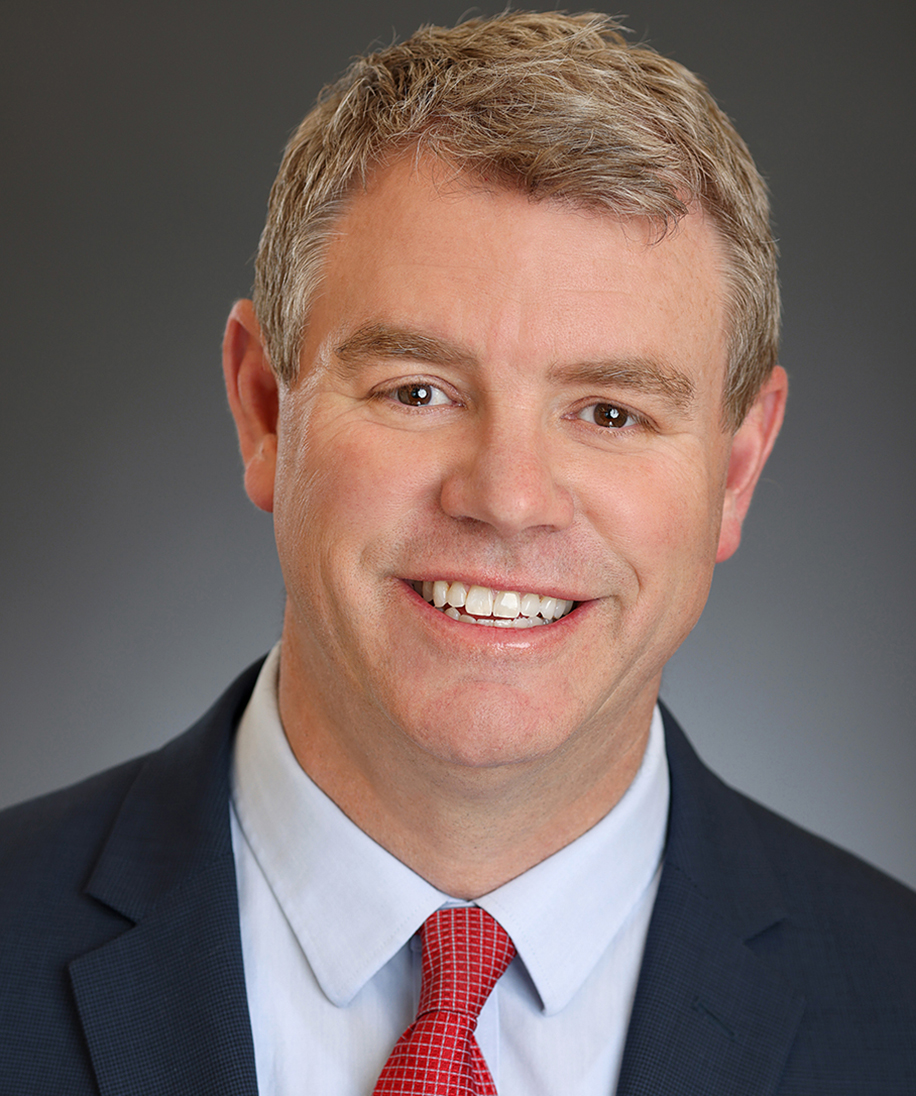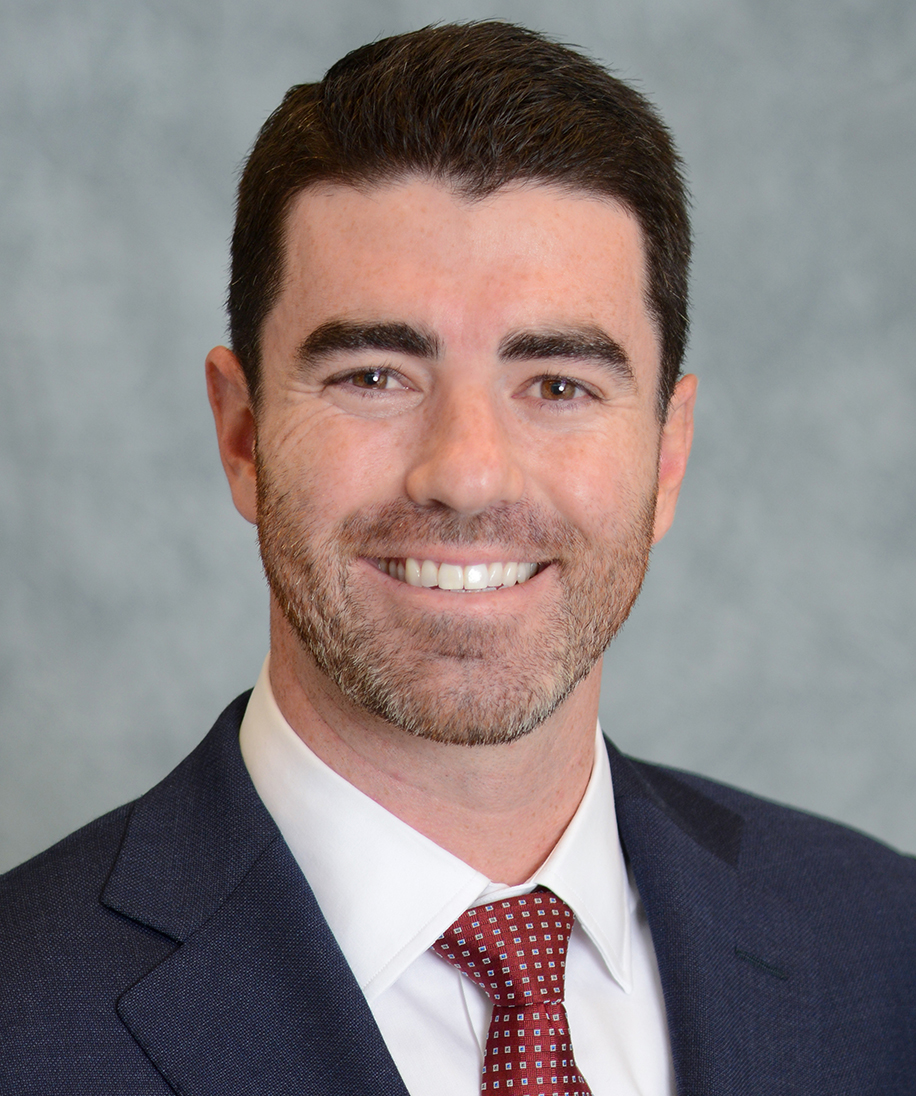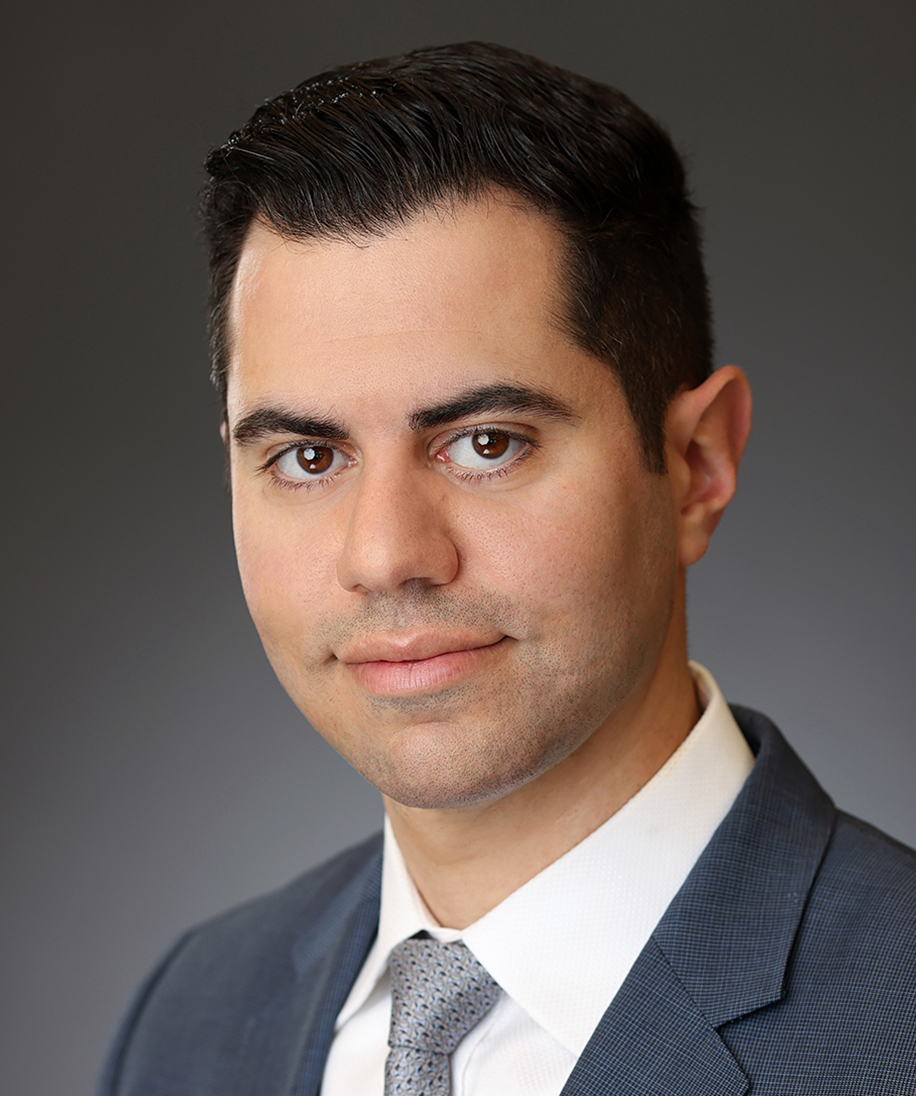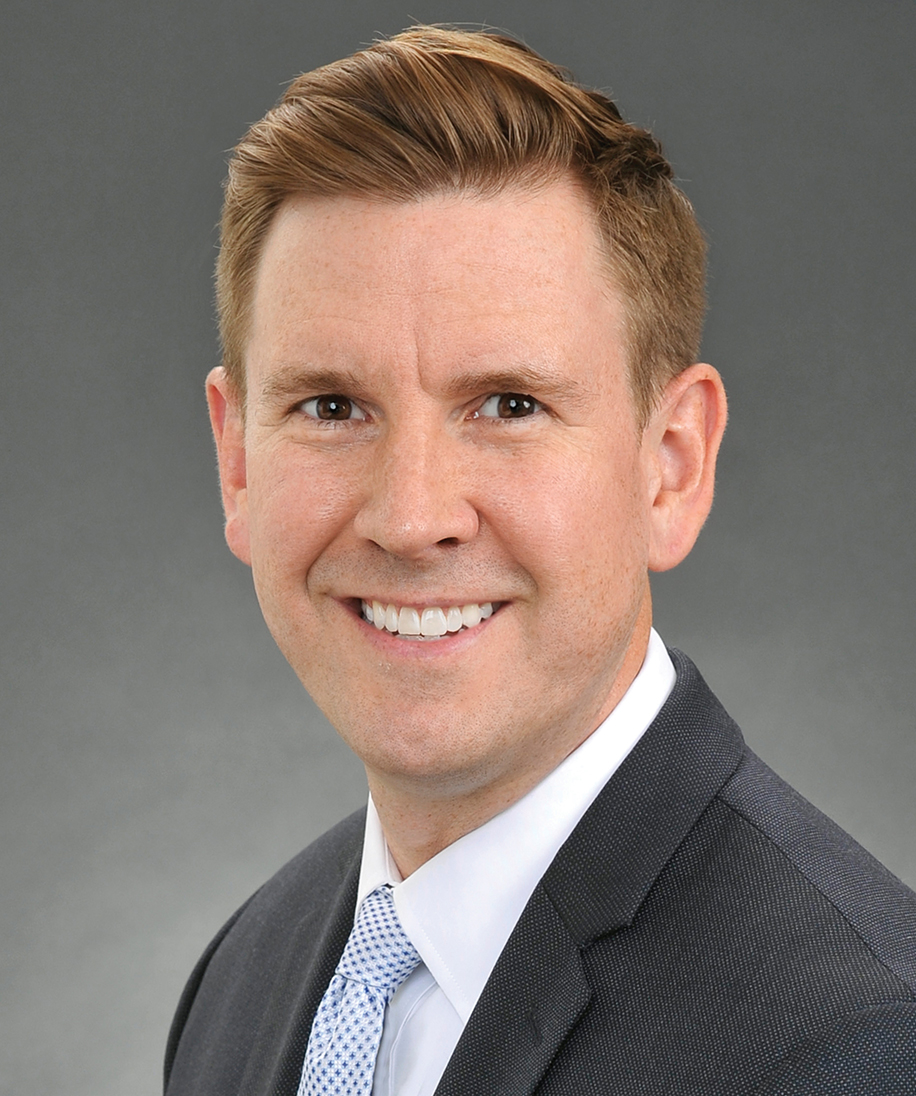Client Alert
California Legislature Steps in to Rewrite PAGA, Avoiding Ballot Measure
June 24, 2024
By Leslie L. Abbott,Raymond W. Bertrand,Brian A. Featherstun,
Zach P. Hutton
and Chris A. JalianCalifornia lawmakers released their proposed amendments to California’s Private Attorneys General Act (“PAGA”) in two companion bills: SB 92 and AB 2279. The legislature must vote on the bills by June 27. While the legislature may still make further amendments, major changes are unlikely as Governor Newsom indicated he would sign the current bills if they pass. If the bills are signed into law, the backers of the PAGA reform initiative on the November general election ballot will withdraw the measure. If both bills do not pass, the ballot measure will head to a vote.
The bills, styled as urgent legislation, largely take effect immediately (except as specified below) applying to PAGA claims noticed with the Labor & Workforce Development Agency (“LWDA”) and filed on or after June 19, 2024.
There are five key takeaways from the bills’ proposed text:
- First, an employee can only bring a representative PAGA claim on behalf of other employees based on violations that the employee personally suffered.
- Second, the plaintiff must have personally suffered each alleged violation within one year of commencing the PAGA claim via LWDA notice.
- Third, the PAGA penalties available have been limited for certain violations, and aggrieved employees now will receive a 35% share of any recovery (increased from 25%).
- Fourth, new provisions have been added to incentivize employers to (a) proactively audit their practices, and (b) quickly investigate and respond to allegations once they receive notice of a PAGA claim. In particular, the bills expand PAGA’s cure provisions and introduce new early case evaluation and resolution processes.
- Fifth, the bills expressly authorize courts to consider manageability concerns and “limit the evidence to be presented at trial or . . . the scope of any claim . . . to ensure that the claim can be effectively tried.”
KEY TERMS INCLUDED IN THE PROPOSED BILLS
The bills include five key provisions.
-
PAGA Plaintiffs are Limited to Claims They Personally Suffered
The first major change is an explicit requirement that the named plaintiff has personally suffered the alleged Labor Code violations at issue. The bills do so by amending the definition of who may bring a claim under PAGA to include only “current or former employees against whom a violation of the same provision was committed.”
This is a significant change, which is beneficial to employers. It abrogates the Court of Appeal’s decision in Huff v. Securitas, which plaintiffs contend held that a PAGA plaintiff could bring claims not only based on alleged violations he or she personally suffered but also any other alleged violations suffered by any other employees. By amending PAGA in this manner, the legislature decreases the ability for plaintiffs to “file first, investigate later” by including numerous alleged violations that the named plaintiff did not personally suffer but hopes to uncover in discovery.
The bills also include an exception to this requirement if certain non-profit legal aid organizations with 501(c)(3) status file the action. In that case, the existing standing definition remains applicable.
-
The Alleged Violation Must Have Occurred Within One Year
The bills resolve ambiguity regarding the statute of limitations. They state that, the named plaintiff must have “personally suffered each of the violations alleged during the period prescribed under Section 340 of the Code of Civil Procedure [i.e. one year].”
This provision legislatively overrules the Court of Appeal’s decision in Johnson v. Maxim Healthcare, which the plaintiffs’ bar has tried to use to argue that a current employee who had not personally suffered a violation within the preceding year could maintain a PAGA action on behalf of other employees who did.
-
The Legislature Significantly Revised the Penalty Structure and Added the Availability of Injunctive Relief
The bills significantly change PAGA’s penalty structure and clarify several ancillary penalty issues.
First, they increase the amount of penalties to be distributed among aggrieved employees. Currently, aggrieved employees receive only 25% of any net recovery under PAGA, with the other 75% going to the State of California. The bills increase the amount allocated to the aggrieved employees to 35%.
Second, the bills alter the amount of penalties available for certain violations while largely leaving in place the current $100/$200 structure. Taken together, the amendments imply that the legislature intended to decrease the severity of penalties for minor, purely technical violations and/or isolated and non-recurrent violations, while clarifying when heightened penalties may apply, i.e., for repeat violators and violations that are malicious, fraudulent or oppressive.
Third, the bills clarify several recurring penalty issues. As to waiting-time penalties, the bills provide that derivative PAGA civil penalties are not available for violations of Labor Code sections 201 and 203 and such penalties are only available for Labor Code section 204 violations that are “willful” or “intentional.” As to wage statement penalties, the bills reduce the amount of PAGA civil penalties that can be awarded for technical paystub violations where the employee can easily determine the required information despite the alleged error. Additionally, the bills reduce the PAGA civil penalties for isolated, non-recurring violations, and for employers who pay weekly (to account for the delta in pay frequency).
-
The Legislature Encourages Proactive Action and Prompt Investigation
-
Taking Proactive Steps to “Cure” Violations and Comply Prospectively Now Reduces or Eliminates Liability
The bills expand PAGA’s cure provisions and reward employers who take “all reasonable steps” to comply prospectively. It creates three “tiers” for reducing or eliminating penalties:
- Tier One: An employer who cures an alleged violation and timely takes “all reasonable steps to be prospectively in compliance” is not liable for any penalty. To be eligible, the employer must have taken “all reasonable steps” either before or within 60 days of receiving an LWDA notice (although the 33-day deadline to cure currently in place under PAGA will remain in effect until October 2024).
- Tier Two: An employer who timely “takes all reasonable steps to be prospectively in compliance” but does not cure the alleged violation is liable for only 15% or 30% of the total available penalties. Which percentage cap applies is based on whether the prospective steps were taken pre-notice or pre-records request (in which case 15% applies) or within 60 days of receiving notice (in which case 30% applies).
- Tier Three: An employer who cures but does not take “all reasonable steps to be prospectively in compliance” is liable for only $15 per employee per pay period.
The new provisions apply to certain violations that previously were not subject to “cure” under PAGA, including minimum wage, overtime, meal and rest period, and expense reimbursement claims, as well as a broader array of wage statement claims.
“Cure” is defined in two parts: (1) the “employer corrects the alleged violation” and “is in compliance with the underlying statutes specified in the [LWDA] notice,” and (2) “each aggrieved employee is made whole [by] receiving any owed unpaid wages due under the underlying statutes specified in the notice dating back three years from the date of the notice, plus 7% interest, any liquidated damages as required by statute, and reasonable lodestar attorneys’ fees and costs.”
The bills note that “all reasonable steps to be prospectively in compliance . . . may include, but are not limited to, any of” a non-exhaustive list of actions, including auditing practices and taking steps in response to the results, “disseminat[ing] lawful written policies as to the alleged violations,” “train[ing] supervisors on applicable Labor Code and wage order compliance,” or “[taking] appropriate corrective action with regard to supervisors.” The bills state that reasonableness will be determined “by the totality of the circumstances” and will “take into consideration the size and resources available to the employer, and the nature, severity, and duration of the alleged violations.”
-
The Bills Also Introduce Early Case Resolution Approaches, Which Vary Based on an Employer’s Size
Relatedly, the bills also incentivize employers to quickly investigate and respond to notice of alleged violations by creating two “tracks” for early case management. Which “track” applies is determined by an employer’s size. The first track applies to an “employer that employed fewer than 100 employees in total during the period covered by the [lawsuit].” The second track applies to all other employers.
The first track is a pre-suit process. It applies to employers with less than 100 employees, entitling them to a confidential hearing with the LWDA to discuss a proposal to cure before any suit is filed. That process involves a hearing set within roughly one month of the request being submitted to the LWDA. If the proposal to cure is not found sufficient (because the LWDA fails to act or the plaintiff rejects the sufficiency of the cure proposal), the employee may proceed to file a PAGA action.
The second track is for filed PAGA actions. It applies to any employer with more than 100 employees or any employer with less than 100 employees who did not participate in the first track. Under this proposal, by no later than the first responsive pleading, the employer can request an “early evaluation conference” and mandatory stay of the litigation. That conference must take place within 70 days of the court ordering the conference to occur. Once the conference is set, an employer must submit to a neutral evaluator and the plaintiff a detailed statement identifying which allegations it disputes, which it intends to cure, and how. The plaintiff then has 21 days to submit his or her own statement in response, which must also include the total amount of fees to date and a demand to resolve the case in full. If the conference is successful (i.e., both the neutral evaluator and plaintiff agree that the employer’s proposal is adequate), it is treated as a confidential settlement of that claim. If the conference does not succeed, litigation resumes. Critically, though, an employer is entitled to file a motion with the court for approval of its rejected cure plan.
Unlike the other changes to PAGA, the early resolution provisions are not operative until October 1, 2024 (and the current 33-day deadline to cure remains in effect until October 2024).
-
-
The Legislature Confirmed Courts Can Address Manageability Concerns
Finally, the bills address the concept of “manageability” in a PAGA case. As employers likely know, a regular dispute in PAGA cases is whether a representative action brought on behalf of the plaintiff and other employees is “manageable.” Defendants frequently argue that courts have inherent authority to strike or otherwise regulate the scope of unwieldly litigation, which became increasingly common as PAGA’s contours expanded via judicial decision over the past decade. Plaintiffs, conversely, argued that nothing in PAGA’s text included any manageability requirement. Conflicting decisions from California’s Court of Appeal—one applying a manageability requirement, the other rejecting application of the same—and a subsequent Supreme Court decision rejecting manageability as a requirement but endorsing trial courts’ ability to use “other tools” to manage their dockets, further muddied the issue.
The bills directly address the concept of manageability, confirming that courts can “limit the evidence presented at trial or otherwise limit the scope of any claim . . . to ensure that the claim can be effectively tried.”
CONCLUSION
The bills’ passage will not end PAGA litigation, and much remains unsettled at this time. However, employers can take heart that the legislature has given a strong signal that it did not intend the more expansive interpretations of PAGA that plaintiffs have advocated. Employers also now have additional tools at their disposal to address and defend PAGA claims. Please reach out to any of the following attorneys to discuss strategies specific to your needs.
Contributors




Practice Areas
Complex Litigation and Arbitration
Employment Counseling and Preventive Advice
For More Information






